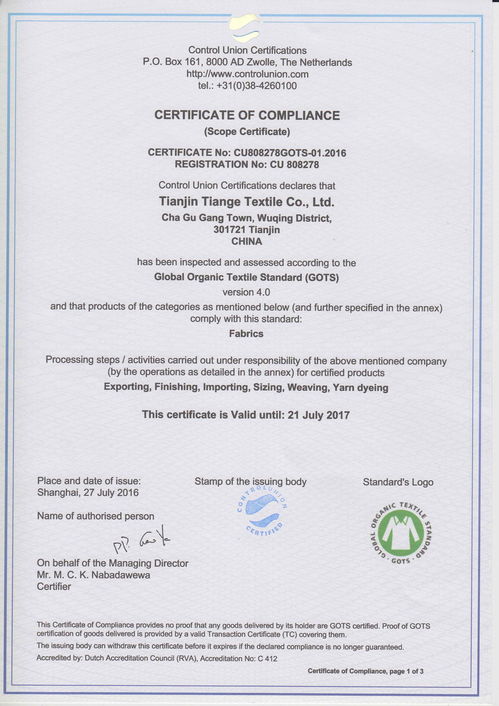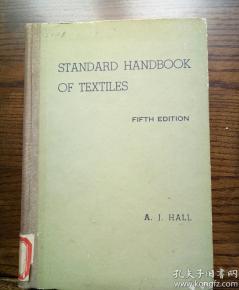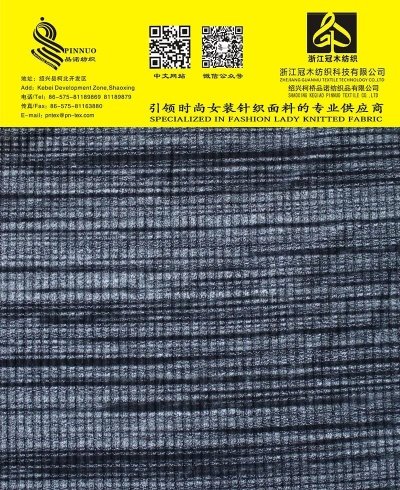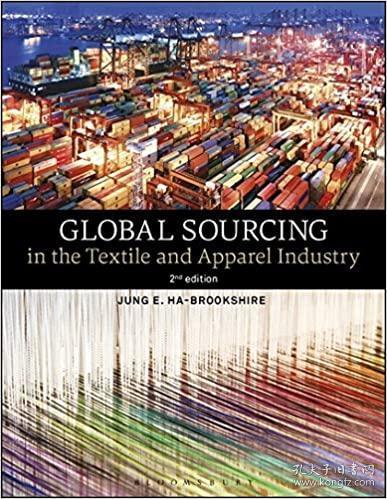Understanding Textile Standard Testing:An Overview
This paper aims to provide readers with a comprehensive understanding of textile standard testing, covering the fundamentals of textile testing and its importance in ensuring quality and safety. The text will discuss the various types of textile tests, their purposes, methods, and results interpretation. Additionally, it will highlight the significance of standard testing in identifying potential defects and providing accurate product evaluations. By understanding the intricacies of textile testing, manufacturers, retailers, and consumers can make informed decisions about the quality and performance of their products. Overall, this overview serves as a valuable resource for those seeking to navigate the complex world of textile testing and ensure that they are working with high-quality products that meet industry standards.
Introduction: In the world of textiles, standards are like a set of guidelines that dictate how products are made and tested. They ensure that the quality of textiles meets certain criteria before they can be sold to consumers or used in various industries. This article aims to provide an overview of textile standard testing and its importance. We will discuss the different types of textile standard testing, the steps involved in each test, and some examples from real-life applications. Let's dive right in!
Types of Textile Standard Testing: Textile standard testing encompasses a wide range of tests that aim to evaluate the physical, chemical, and mechanical properties of textile materials. Here are some of the most common types of textile standard testing:
-
Tensile Testing: This is a type of mechanical testing that measures the strength and resistance to stretching of materials. It is used to assess the durability and resilience of fabrics and other textiles.

-
Tear Testing: This involves measuring the ability of materials to resist tearing under specific conditions. It helps determine whether textiles are resistant to wear and tear.
-
Shrinkage Testing: This test measures the extent to which textiles change in size when subjected to heat or pressure. It is used to assess the stability and consistency of fabrics.
-
Colorfastness Testing: This test measures the resistance of textiles to changes in color caused by exposure to light, chemicals, or other environmental factors. It is important for clothing, carpets, and other textiles used in outdoor applications.
-
Flammability Testing: This test assesses the combustibility of textiles, including their ability to catch fire and burn. It is crucial for ensuring safety in industries such as apparel manufacturing.
-
Dyestabilization Testing: This test evaluates the stability of dyestuff in fabrics over time. It is important for garments that require long-lasting colors.
Steps Involved in Textile Standard Testing: Every textile standard test has a set of specific steps that need to be followed to get accurate results. Here are the general steps involved in each type of textile standard testing:
-
Preparation: The material to be tested needs to be prepared according to the specific requirements of the test. For example, if you are doing tensile testing, you need to prepare samples according to the manufacturer's instructions.
-
Loading: Once the sample is prepared, it needs to be loaded into the testing machine according to the specific requirements of the test. For example, if you are loading a sample for tear testing, you need to load it according to the specifications provided by the manufacturer.
-
Testing: The test itself takes place on the machine or in the laboratory according to the specific requirements of the test. For example, if you are performing a shrinkage test, you need to measure the sample's size after being subjected to the specified conditions.
-
Data Analysis: After the test is complete, the data collected needs to be analyzed to determine the performance of the sample. For example, if you are analyzing a tensile test result, you need to calculate the strength and elongation of the sample.
-
Report Writing: Finally, the results of the test need to be documented in a report. The report should include the details of the test, the sample preparation, the loading, testing conditions, and the results obtained. This report can serve as documentation for future reference and compliance with industry standards.
Real-Life Applications of Textile Standard Testing: Textile standard testing is not just about meeting regulatory requirements but also about enhancing product quality and consumer satisfaction. Here are some real-life applications where textile standard testing plays a crucial role:
-
Apparel Manufacturing: In apparel manufacturing, standard testing ensures that fabrics meet the required quality standards for comfort, fit, durability, and appearance. These tests help manufacturers produce high-quality products that meet consumer expectations.
-
Carpet Manufacturing: Carpet manufacturers use standard tests to ensure that their carpets meet the required quality standards for durability, stain resistance, and overall performance. These tests help them produce products that last longer and look good for years.
-
Textile Suppliers: Textile suppliers use standard testing to ensure that their fabrics meet the required quality standards for durability, performance, and safety. This testing helps them differentiate themselves in a competitive market and build trust with customers.

-
Retailers: Retailers use standard testing to ensure that their textile products meet the required quality standards for durability, performance, and safety. This testing helps them avoid potential issues and reduce returns and complaints.
-
Government Regulations: Government regulations require textile manufacturers to conduct standard testing to ensure that their products meet the required quality standards for safety, performance, and environmental impact. Compliance with these regulations is essential for businesses operating in the textile industry.
Conclusion: In conclusion, textile standard testing is critical for maintaining product quality and ensuring consumer safety. It is important for manufacturers, suppliers, retailers, and regulators to understand the different types of textile standard testing and the steps involved in each test. By following proper guidelines and procedures, businesses can produce high-quality textile products that meet consumer expectations and contribute to a sustainable textile industry.
随着人们对纺织品品质和环保意识的不断提高,纺织品加标试验的重要性日益凸显,纺织品加标试验不仅是对产品质量的全面检验,更是对纺织品环保性能和安全性能的全面评估,本文将围绕纺织品加标试验展开讨论,并通过英文案例说明来进一步阐述。
纺织品加标试验概述
纺织品加标试验是一种对纺织品进行全面质量检测和性能评估的方法,它包括对纺织品原材料、生产过程、成品等多个环节进行检测,以确保产品的质量和性能符合相关标准和法规要求。
纺织品加标试验流程
- 材料准备:收集纺织品样品,准备必要的检测设备和试剂。
- 样品检测:对样品进行各项指标的检测,包括纤维成分、颜色、光泽、耐洗性、耐摩擦性、环保性能等。
- 结果分析:根据检测结果,对纺织品的质量和性能进行分析和评估。
- 标签标识:根据测试结果,为纺织品添加标签,明确产品的质量等级、使用说明等信息。
英文案例说明
以某品牌纺织品为例,进行详细说明,该品牌在纺织品加标试验中采用了先进的检测设备和严格的质量控制体系,确保了产品的质量和性能符合相关标准和法规要求。
- 材料准备:收集该品牌纺织品样品,包括不同种类和规格的布料、纱线等。
- 样品检测:对该品牌纺织品进行了各项指标的检测,包括纤维成分、颜色、光泽、耐洗性、耐摩擦性等,还进行了环保性能测试,以确保产品的环保性能符合相关标准和法规要求。
- 结果分析:根据检测结果,该品牌纺织品各项指标均符合相关标准和法规要求,同时环保性能也表现良好,在标签标识方面,该品牌为纺织品添加了清晰的标签,明确标注了产品的质量等级和使用说明等信息。
纺织品加标试验的重要性
纺织品加标试验的重要性在于它能够全面评估纺织品的品质和性能,确保产品的质量和安全性能符合相关标准和法规要求,通过加标试验还可以提高消费者的购买信心,促进产品的销售和推广。
纺织品加标试验是确保纺织品质量和性能的重要手段,通过严格的检测流程和质量控制体系,可以确保纺织品符合相关标准和法规要求,同时还可以提高消费者的购买信心,在纺织品的生产和销售过程中,加强纺织品加标试验的重视和开展是非常必要的。
Articles related to the knowledge points of this article:
Success Stories of Textile Fabrications
Exploring the World of Weijer Textiles:A Journey into Quality and Innovation
Patterns on Windows:A Visual Journey through Textile Design
Discover the Sweetheart Fabrics Store
Blue Dream Textiles:A Journey Through Quality and Innovation
Textile Components Testing Standards:A Guide for Quality Assurance



